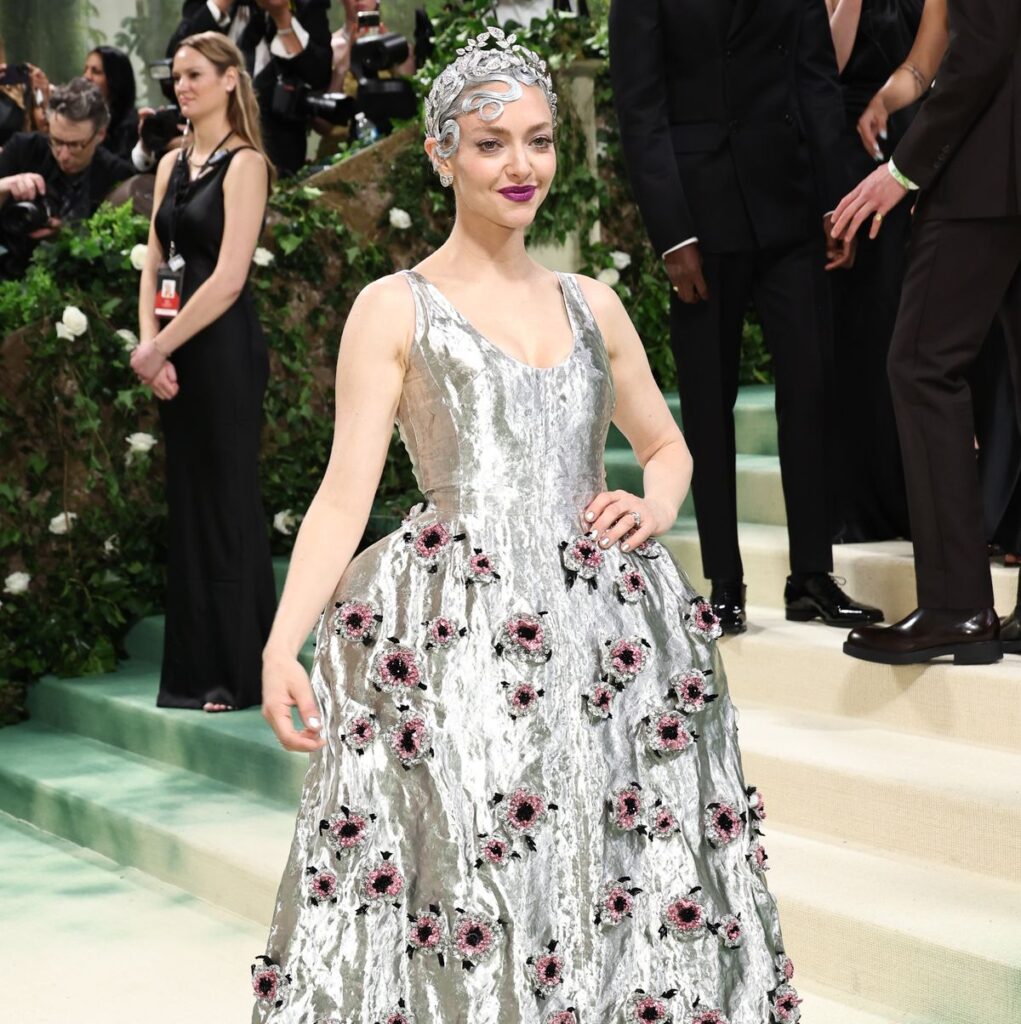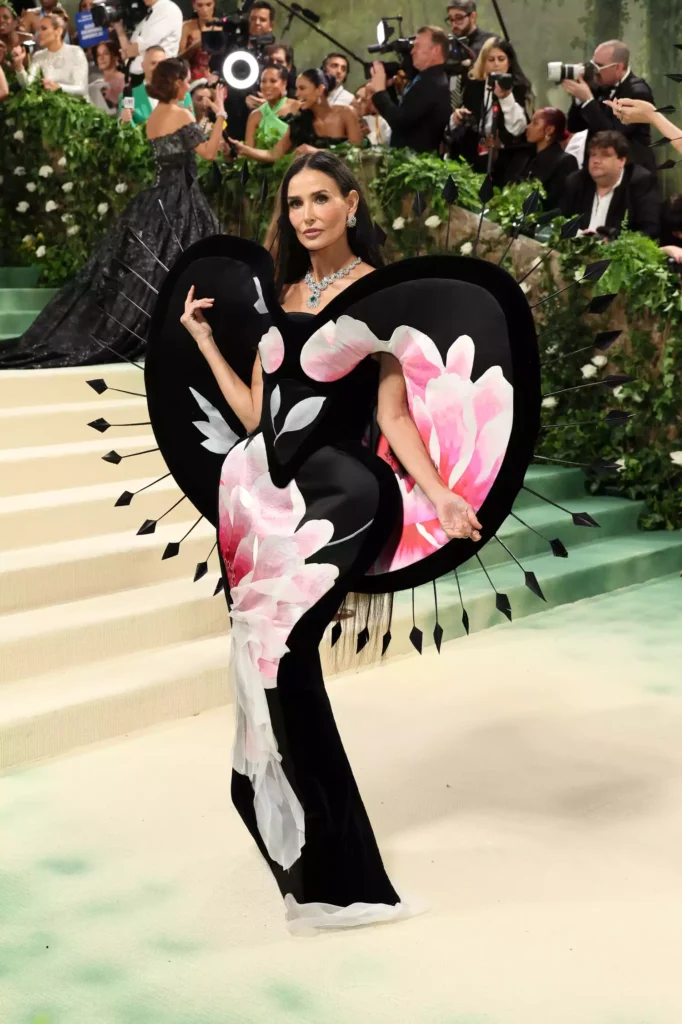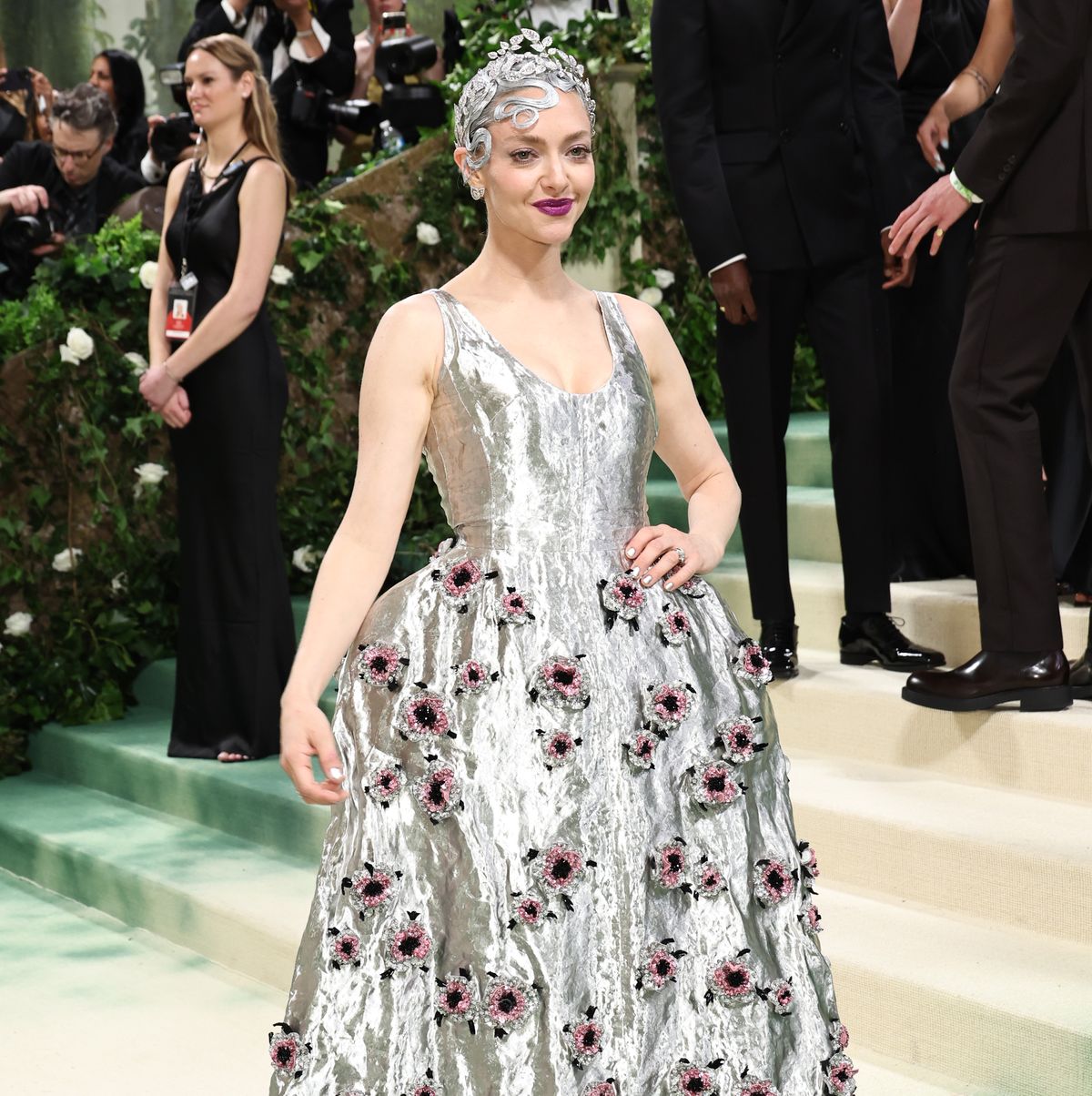Fresh off the heels of the Met Gala, many of us regular folk who watched some of the spectacle are left feeling conflicted about the theme this year. On one hand, it can be exciting to see the extravagant gowns, quirky tuxes and avant guard opulence of it all. On the other hand, it was giving Hunger Games vibes.





This year’s theme was The Garden of Time, based on the J.G. Ballard story about a rich couple living a lavish life while a mob of angry people march toward their home. Art really does imitate life. The overall theme of the gala was Sleeping Beauties: Reawakening Fashion. “The exhibition features approximately 220 garments and accessories spanning four centuries, all visually connected through themes of nature, which also serves as a metaphor for the transience of fashion,” according to organizers. The looks for the gala were to feel connected to nature and show the beauty that we receive not only from nature but also from fashion. It was meant to be a tribute to the natural world. The very definition of transience being “the state or fact of lasting only for a short time” shows how we think of fashion. Fleeting. Brief. Something to see today with the anticipation of something new tomorrow. When we trickle down to the clothing you and I are wearing, fast fashion is exactly this. We are seeing more and more poorly made clothing, that’s quick, cheap and scratching that micro-trend itch that “fashion lovers” seek out. So how does this relate to the items we saw on red carpet on Monday? The link is the lack of sustainability and ethics.
In the era we are in, innovation of technologies is advancing at a hyper rate. The things we are seeing today would have only been in one’s wildest dreams 50 years ago. With all this advancement, the fashion industry is falling behind. While we can separate the art from the function, no one will be wearing Kim K’s rib-crusher dress to the grocery store any time soon, and it’s important to know that luxury fashion and our everyday clothes are linked. We need the people at the top, the ones with the most money, resources and creative talent to be a part of the solution. What if next year The Met Gala theme was Innovative Circular Opulence, and all the clothing/costumes had to be made of natural material, with each garment needing to be made with reclaimed, recycled, upcycled or deadstock materials? What if the gala was to highlight the work being done globally by small companies to create new, innovative, sustainable fabrics? Fabrics like Bananatex, a textile canvas derived from Abacca, which is a type of banana plant in the Philippines.
Yes, there were small glimmers of sustainable choices at the gala. Ed Sheeran and Cara Delevingne wore sustainable, lab-grown diamond adorned-clothing by Stella McCartney. Amanda Seyfried’s gown was made of repurposed deadstock fabric from Prada’s 2009 spring collection. Charlie XCX wore a patchwork dress made of 50 upcycled T-shirts from the 1950s to 1970s. And Demi Moore’s dress was made from upcycled wallpaper. There were also some attendees that opted for vintage items. While these are all steps in the right direction, the Met Gala is a spectacle that continues to be out of touch with our world. With the garment industry being responsible for around 10 per cent of the global greenhouse emissions and continuing to rely heavily on the fossil-fuel industry for synthetic fabrics, more must be done to change the future of fashion. Anna Wintour is an incredibly influential person within the industry. She could help lead the change and use this event, with so many eyes watching, to shift the trajectory of how clothing is made.
The Met Gala is a fundraiser, with guests each paying $75,000 to attend. The money raised is for the museum’s Costume Institute. This year they raised more than $26 million. This was a record total for the party, beating last year’s total by $4 million. While I am all in favour of preserving history and art, it feels like there could be an opportunity to have this money, or at least part of the money, go to global struggles and to support garment workers who are still severely underpaid.
As long as people wear clothes, the fashion industry isn’t going away. We are all connected by the fabrics we wear. The Met Gala is just one example of how change could happen if the most influential people were to care and demand better. —Jen Pistor

Be the first to comment